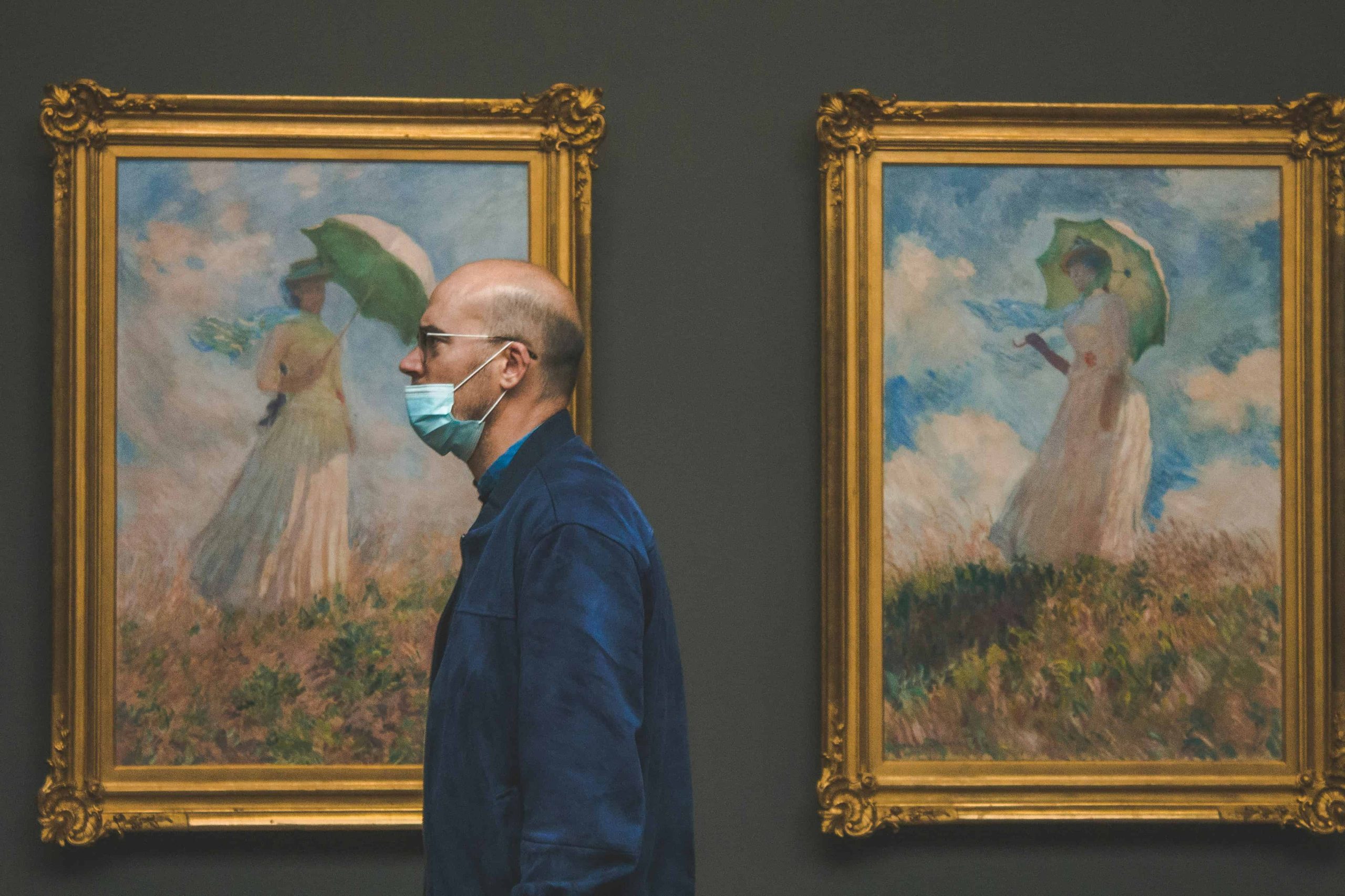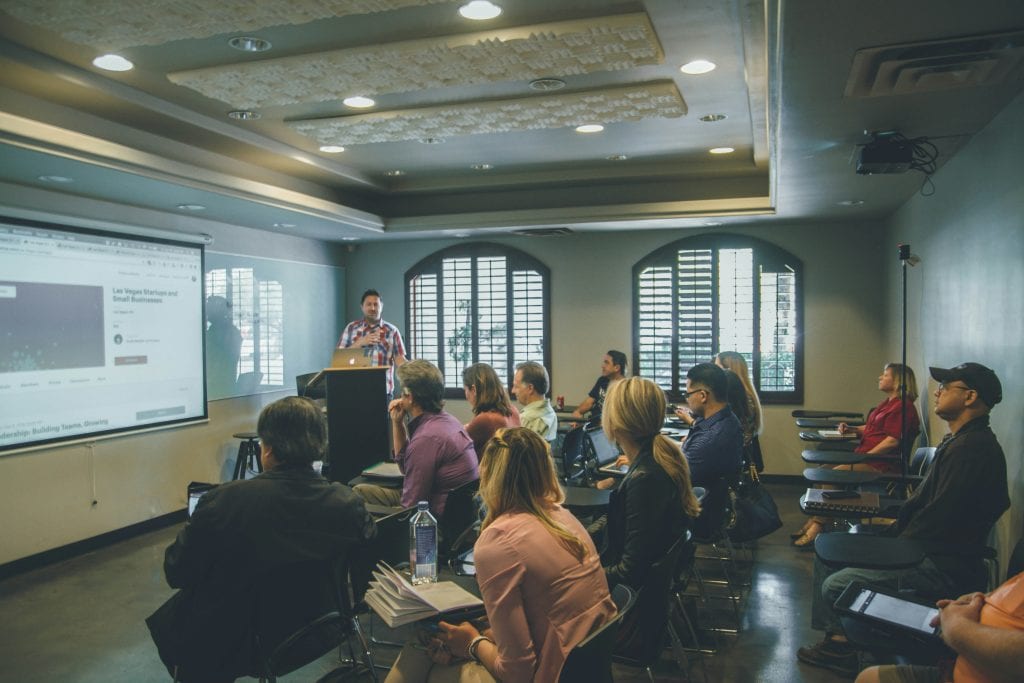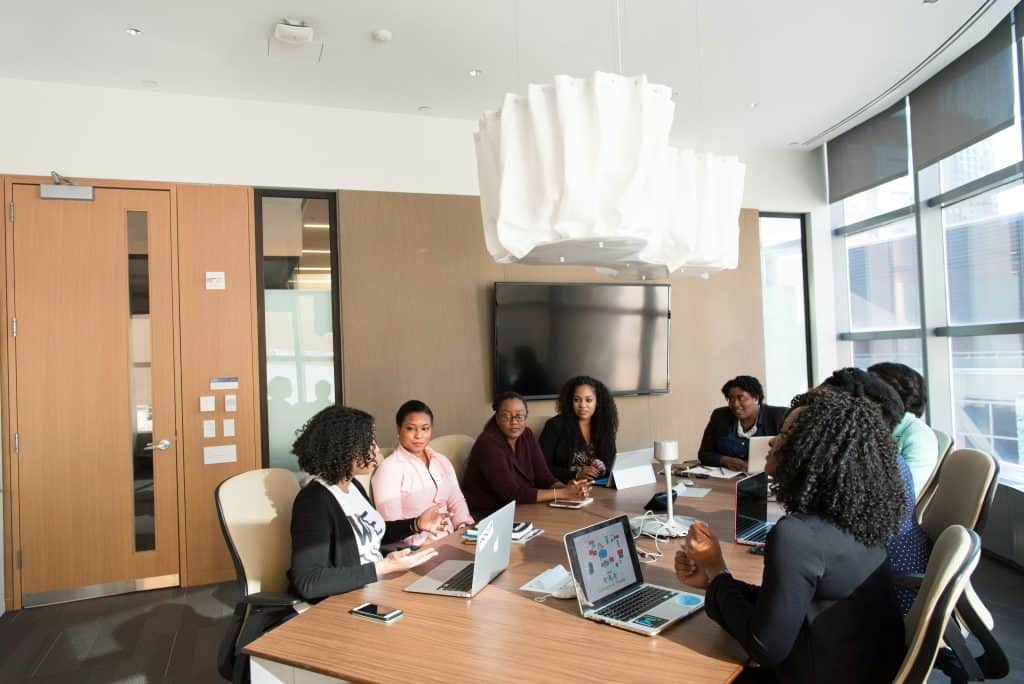
27 Feb Promoting Diverse Voices in Art Collection Showcases
Art, a universal language that transcends boundaries and speaks to the depths of human experience, possesses an unparalleled ability to shape perceptions and challenge societal norms. In its myriad forms, from the stroke of a brush to the sculptor’s chisel, art serves as a conduit for the expression of ideas, emotions, and cultural narratives. It is a reflection of the diverse tapestry of humanity, weaving together threads of tradition, innovation, and individuality from the diverse voices of various artists. Imagine a world where we are promoting diverse voices of artists resound through the hallowed halls of galleries, creating a harmonious symphony of perspectives. Each stroke of paint, each carving in stone, carries with it the imprint of its creator’s unique journey—a testament to the rich tapestry of human experience. From the bustling streets of urban landscapes to the tranquil serenity of rural vistas, art speaks to the shared humanity that binds us all.
In this article, we set out to find out the necessity of promoting an array of perspectives in the context of art collection exhibitions. In order to uncover the unwritten tales, the neglected narratives, and the hidden jewels that are beneath the surface, we peel aside the layers of convention and custom. Through elevating the perspectives of artists from varying origins, ethnicities, and life experiences, we want to reinterpret the fundamental nature of art.
The Need for Promoting Diverse Voices

Photo by fauxels
Encouraging Cultural Understanding and Tolerance
Diversity in art not only celebrates different cultural perspectives but also serves as a catalyst for understanding and tolerance among people. When diverse artworks are showcased, audiences are exposed to a multitude of viewpoints and traditions. This exposure helps break down barriers and fosters empathy and respect for cultural differences. By engaging with diverse art, individuals can gain insights into unfamiliar customs, beliefs, and experiences, leading to a more inclusive and harmonious society.
Providing Platforms for Underrepresented Artists
Diversity is a potent instrument in the art world for elevating the voices of marginalized artists. Some artists have been ignored or sidelined for far too long because of things like socioeconomic status, gender, color, or ethnicity. These artists have a platform to display their skills and share their distinct viewpoints with the world thanks to diverse art collections. Art institutions foster equality and inclusion within the creative community by providing visibility to artists from a variety of backgrounds, so adding a rich tapestry of voices and experiences to enhance the cultural environment.
Broadening Perspectives and Enriching Audience Experience
One of the most profound benefits of diversity in art is its ability to broaden perspectives and enrich the experiences of audiences. By exposing viewers to a variety of narratives, themes, and artistic styles, diverse artworks challenge preconceived notions and expand the boundaries of imagination. Through engagement with diverse art forms, audiences are encouraged to question their assumptions, confront their biases, and embrace new ways of seeing the world. This transformative process not only deepens the appreciation for art but also fosters a more inclusive and open-minded society.
Challenging Dominant Narratives and Stereotypes
Diversity in art serves as a powerful force for challenging dominant narratives and dismantling stereotypes that have long prevailed in the artistic discourse. By featuring artworks that represent a wide range of voices and experiences, art institutions disrupt entrenched hierarchies and amplify marginalized perspectives. Through the exploration of diverse narratives, audiences are confronted with the complexities of human existence and encouraged to question prevailing norms and conventions. This critical engagement with diverse art forms promotes dialogue, empathy, and understanding, paving the way for a more equitable and just society.
Strategies for Promoting Diverse Voices

Photo by Annie Spratt
Collection Acquisition
In terms of promoting diverse voices in collection acquisition, the approach should be dynamic and inclusive, aimed at fostering a diverse and representative artistic landscape. Actively engage in seeking artwork from a spectrum of artists, deliberately encompassing various dimensions of diversity, including gender, ethnicity, and background. The strategy should extend beyond mere acquisition; you should cultivate partnerships with underrepresented galleries and communities to expand the network of artistic expression. Through these collaborations, we strive to amplify voices that may have been marginalized or overlooked. Moreover, we have established clear acquisition criteria that place a premium on diversity, ensuring that our collection reflects a conscious effort to embrace and celebrate varied perspectives. By adhering to these principles, we endeavor to create a collection that resonates with the richness and complexity of the human experience, fostering inclusivity and cultural appreciation.
Exhibition Curation
Exhibition curation is approached with a focus on featuring thematic exhibitions that shine a spotlight on specific underrepresented groups, aiming to amplify their voices and share their unique stories. The strategy involves rotating and highlighting diverse works within ongoing exhibitions, ensuring that visitors are consistently exposed to fresh perspectives and a variety of artistic expressions. Interpretive materials and labels are meticulously crafted to provide context, enabling audiences to delve deeper into the diverse narratives embedded within the art on display.
Artist and Community Engagement
Artist and community engagement initiatives are integral to the institution’s mission. Collaborative efforts with artists are channeled into educational programs and workshops, creating platforms for skill development and the exchange of knowledge. By partnering with local communities, the institution hosts events and discussions that encourage active participation and foster a sense of belonging and shared purpose. Furthermore, the establishment of artist residencies and mentorship programs plays a pivotal role in supporting the growth and visibility of underrepresented artists, providing them with resources and opportunities to thrive within the artistic landscape.
Overcoming Challenges

Photo by Kenny Eliason
Addressing Unconscious Bias
Overcoming challenges within the institution involves a multifaceted approach, starting with addressing unconscious bias among staff and curators. Internal training sessions and workshops are implemented to promote awareness and sensitivity, fostering an environment that values inclusivity and equitable representation. Transparent collection and exhibition selection processes are established to minimize the influence of unconscious biases, ensuring that artworks are chosen based on merit and relevance rather than subjective preferences. Regular audits and evaluations are conducted to proactively identify and address any biases that may inadvertently seep into the decision-making process, allowing for continuous improvement and accountability.
Securing Funding and Resources
Securing funding and resources is another key challenge that the institution tackles head-on. Efforts are made to seek grants and establish partnerships dedicated to supporting diversity in the arts, guaranteeing financial backing for inclusive initiatives that prioritize underrepresented voices. Additionally, the institution advocates for increased public funding for arts initiatives that actively promote diversity, recognizing the societal value of diverse artistic expression in fostering cultural understanding and social cohesion. Furthermore, individual donations and sponsorships are actively encouraged, fostering a sense of collective responsibility among patrons and supporters for nurturing diversity within the realm of art and culture. Through these concerted efforts, the institution aims to overcome challenges and advance its mission of fostering inclusivity and representation within the arts.

Photo by Christina @ wocintechchat.com
Conclusion
The need for diversity in the art world is not just a matter of aesthetics; it is a profound call for cultural understanding, dismantling stereotypes, and challenging established narratives. Diversity in art collections serves as a powerful catalyst for encouraging cultural understanding and tolerance. It provides long-overdue platforms for underrepresented artists to share their unique perspectives and experiences, ultimately broadening the horizons of art enthusiasts and enriching the audience’s experience.
However, the current environment serves as a reminder that the journey toward true inclusivity is ongoing because of historical exclusion and ongoing struggles for diverse representation. To address this imperative, strategies for inclusion and promotion encompass collection acquisition, exhibition curation, and artist and community engagement. Overcoming the challenges of promoting diversity requires addressing unconscious bias within institutions, implementing transparent selection processes, and conducting regular evaluations to minimize biases. Additionally, securing funding and resources through grants, partnerships, public support, and individual donations is essential to sustaining initiatives that actively promote diversity in the arts.
In conclusion, promoting diverse voices in art collection showcases is not only an artistic endeavor but also a commitment to reshaping our cultural narratives. It calls upon institutions, artists, communities, and audiences to come together in a harmonious symphony of perspectives. By doing so, we ensure that art continues to be a universal language that reflects our world and helps redefine it for the better, fostering a more inclusive and understanding society.
Key Takeaways
Benefits of Diversity | Strategies for Inclusion | Overcoming Challenges |
Cultural understanding and tolerance | Collection and acquisition from diverse artists and communities. | Addressing unconscious biases in decision-making processes. |
Platforms for underrepresented artists | Thematic exhibitions and rotations in ongoing exhibitions. | Securing funding through grants and partnerships, public advocacy, and individual support. |
Broadened perspectives and challenging stereotypes | Artist and community engagement through educational programs and residencies | Open communication channels ensure that educational initiatives are inclusive and accommodating to the diverse participants’ needs and aspirations. |
FAQs
Why is diversity important in art?
Diversity in art is paramount for several reasons. Firstly, it fosters cultural understanding by showcasing various perspectives, traditions, and stories from different communities and backgrounds. This exposure helps break down stereotypes and encourages empathy and appreciation for diverse cultures. Secondly, diversity in art provides platforms for underrepresented artists, allowing their voices to be heard and their experiences to be validated. This inclusivity not only enriches the artistic community but also promotes social justice and equality. Moreover, diversity challenges established narratives and norms, sparking critical dialogue and innovation within the artistic sphere. By embracing diverse artistic expressions, societies can celebrate their pluralism and strengthen their collective identity.
How can individuals support diversity in the arts?
Supporting diversity in the arts requires active engagement and advocacy from individuals. One way to do so is by attending diverse exhibitions and events, thereby demonstrating support for artists from marginalized backgrounds. Additionally, individuals can advocate for increased public funding for diverse artistic projects and organizations. By lobbying policymakers and participating in community initiatives, individuals can help redistribute resources to underserved communities and promote equitable access to artistic opportunities. Furthermore, contributing to initiatives that actively promote underrepresented voices, such as mentorship programs and artist residencies, can empower emerging artists and facilitate their integration into the mainstream art scene.
What challenges are faced in promoting diversity in art collections?
Promoting diversity in art collections faces several challenges that must be addressed to ensure inclusivity and representation. One significant obstacle is unconscious bias, which can influence curatorial decisions and perpetuate exclusivity within art institutions. Overcoming this challenge requires ongoing internal training and awareness-building among curators and decision-makers to recognize and mitigate biases in selection processes. Additionally, historical exclusion and systemic barriers have limited the representation of marginalized groups in art collections. To address this issue, institutions must adopt transparent processes and actively seek out artworks and artists from diverse backgrounds. Finally, securing funding for diverse art collections can be challenging, particularly in the face of budget constraints and competing priorities. However, efforts to secure financial resources through grants, sponsorships, and partnerships with philanthropic organizations can help ensure the sustainability and growth of diverse art collections. By addressing these challenges collectively, stakeholders can foster a more inclusive and representative artistic landscape for future generations to enjoy and appreciate.
Embark on a journey into the dynamic world of “Collaborative Art Projects for Community Building” and foster connections, inspire creativity, and cultivate a sense of belonging among participants, transcending individual boundaries to create shared experiences and collective expressions of identity and unity.

